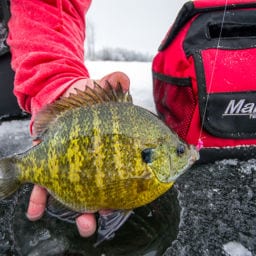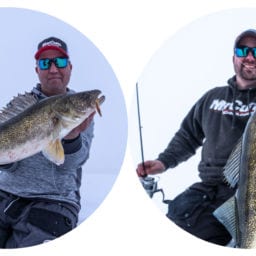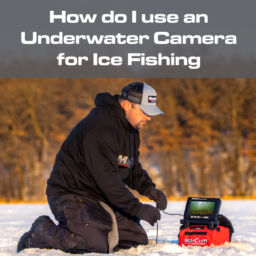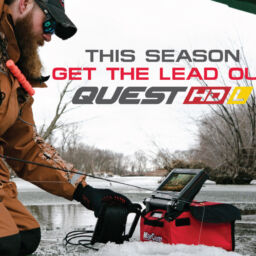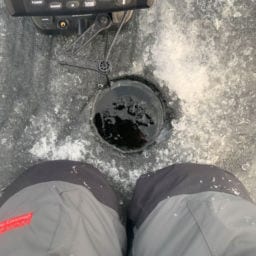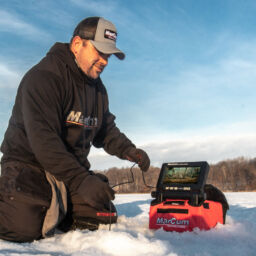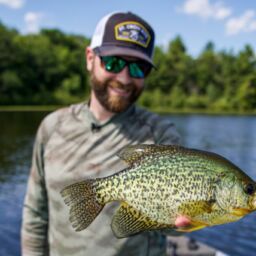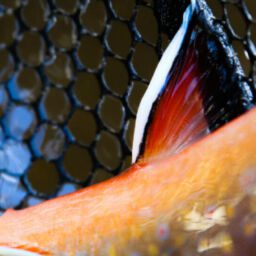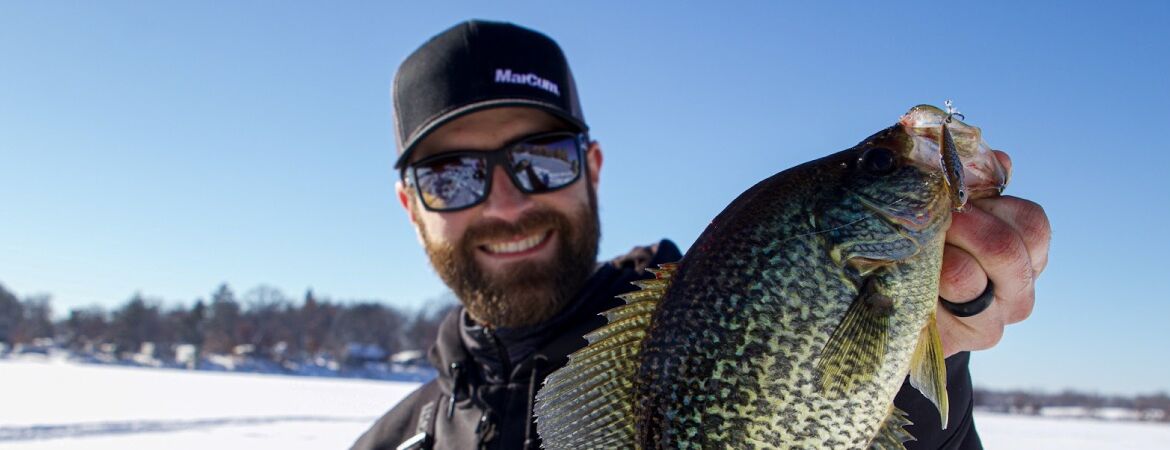
Capture the Moment – Taking Better Fish Pictures
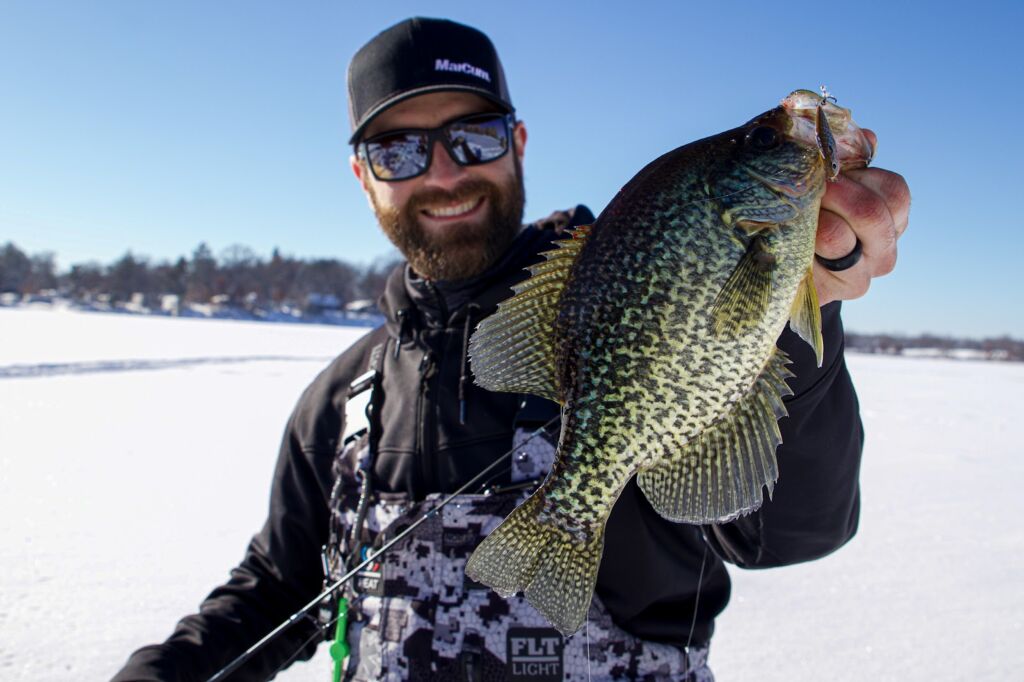
There’s something special about a quality fish picture. Whether you plan to share it with friends, post it on social media, or simply keep it to yourself, it’s the perfect way to preserve those memories of a great day on the water. That being said, taking a decent picture isn’t always the easiest task. Thankfully, a little practice and some attention to detail can make all the difference. If taking better fishing pictures is a priority, the following notions should be valuable.
Know Your Equipment.
Understanding how your equipment works – whether it’s a camera or phone – is arguably one of the most important pieces to taking a good picture. Different settings, modes, and functions all have an impact on how a photo turns out. Take the time learn your equipment long before you get on the water or ice. When it comes to mobile phones, things are pretty much automatic, however, some settings can make a difference in the overall quality. With high end camera equipment, options are endless. Start out using auto settings, but just know, experimenting with manual settings can take things to the next level.
Watch the Lighting.
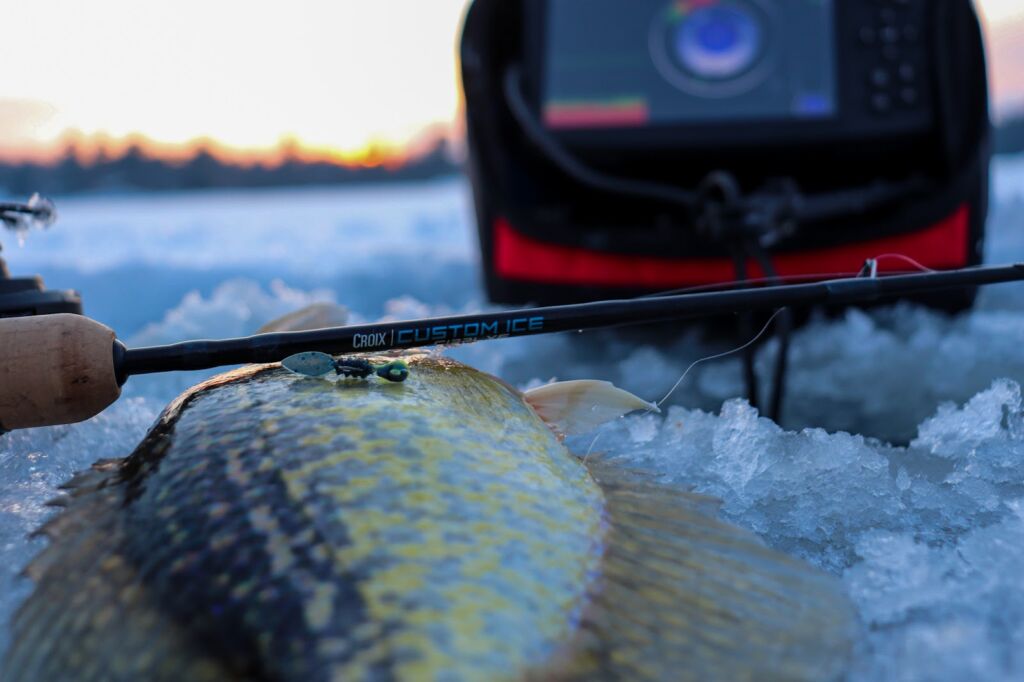
Improper lighting is an easy way to ruin the perfect photo. Unfortunately for fishermen, we can’t exactly control Mother Nature. Pay attention to the lighting, or lack thereof, and adjust as needed. In most situations, it’s helpful to have the subject face at an angle towards the light – direct light will often cause odd shadows. For more creative styles, a backlit subject can provide a unique perspective. Overcast days rarely require any major adjustments, but days with full sun have the potential to wreak havoc on a picture.
Focus, Focus, Focus.
An all too common mistake made by fisherman photographers is a lack of focus. Focus on your subject. All cameras have the ability to focus, so make sure you actually use it. Determine what you want featured in the photo and make it the spotlight. In some instances, it may be the fish, while in others it may a lure or piece of equipment. On most mobile phones, a simple tap on the screen will force the camera to focus on that area. When it comes to high end camera equipment, the focus is driven by either manual focus or auto focus. Regardless of which you use, make sure your subject is in focus with the view finder or on-screen display. Proper focus on your subject can make a huge difference in the overall quality of your photo.
Rule of Thirds
The right composition can make or break a photo. In the photography world, a good rule of thumb for composition is the “Rule of Thirds.” The “Rule of Thirds” works by setting the focus of the photo to a third of the photo. On most cameras, and even some phones, there is an option to split the screen into nine equal boxes. By placing the main subject or focus on an intersection of these lines, it can allow for ideal composition. That being said, the “Rule of Thirds” is simply a guideline. Depending on the situation, certain compositions can be even better. Don’t be afraid to try other things.
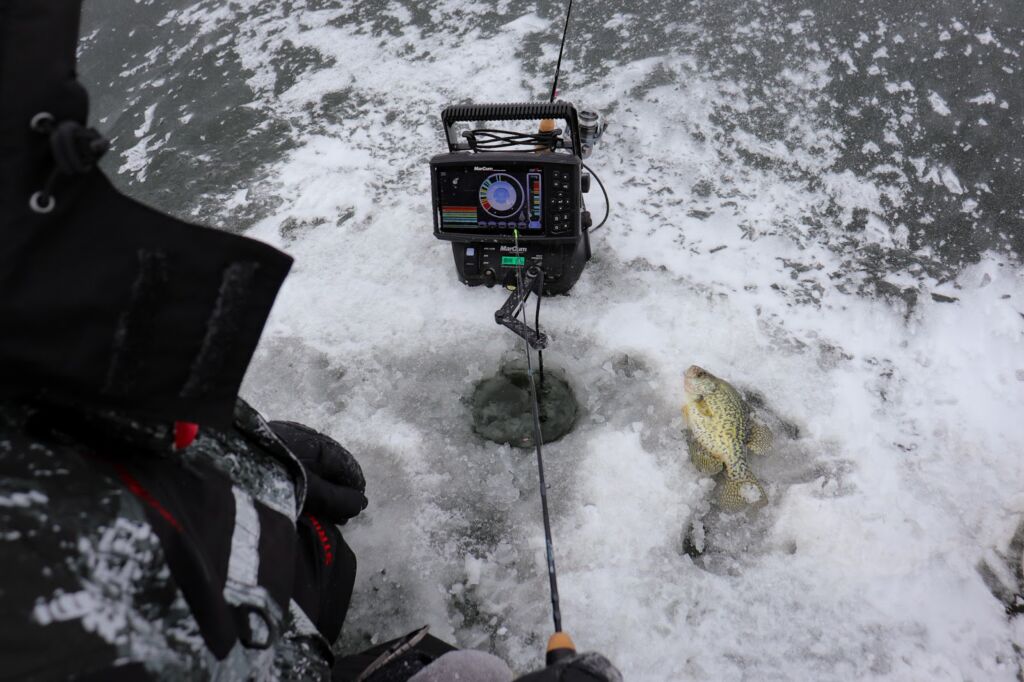
Stability.
Keep your camera steady. It can make all the difference between taking a great photo and ending up with a blurry mess. Do what you can to keep it from moving around. If you don’t feel confident in keeping things steady, there are some great tools on the market to help accomplish this. Tripods, phone holders, and mount on accessories can all do the trick.
Get Uncomfortable.
Sometimes getting that perfect shot requires some awkward positioning. It may not always feel natural, but that’s okay. You may need to lay down, kneel, or do something a little out of the norm to get that right photo.
Know Your Background
Pay attention to your surroundings. Sometimes the background itself is what makes a picture so great, other times it can have the opposite effect. If you want to take the perfect picture, then make sure your background is fitting. Side note: knowing your background can also help from giving away your secret fishing spot.
No Limits.
We’re in the digital age – long gone are the days of film limitations. Don’t be afraid to take several pictures. If you think you took enough, maybe just take a few more. You can always delete the extras later on. There’s been countless situations where anglers wish that had taken a few more pictures. Try different angles, poses, and lighting as well. Sometimes these factors will make a huge difference in the overall quality of the photo.
Charged Up.
This one is pretty self explanatory. Make sure your phone or camera is charged up and ready for use. It helps to carry some extra batteries or a charging device especially in extreme temps, like ice fishing, where electronics tend to lose battery life more rapidly.
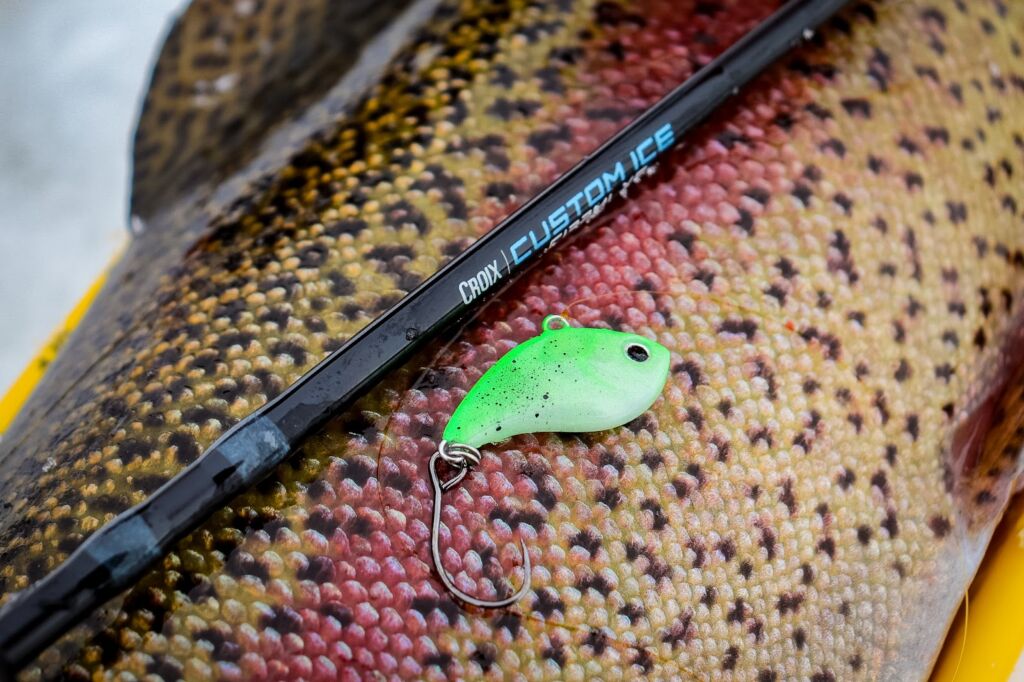
Speed the Process
Fish pictures are great, but not if you’re going to cause the fish harm. Have your camera or phone readily available. Don’t keep it stashed away so you’re scrambling to find it. The objective is to get a good picture and release the fish as soon as possible. If you have intentions of taking fish pictures, building an ice live well can be a handy tool. Drill a few holes partially side by side and fill them with water. This gives the fish a place to rest, while you get your equipment ready.
Edit It Out.
Unfortunately, photos don’t always turn out perfect right out of the gate. Thankfully, there are some great applications out there for editing photos, some of which are free. Adobe’s Photoshop Express and Lightroom are great tools for quickly and easily editing photos from your phone or computer. You can apply some pretty impressive adjustments with the free versions of these apps, but if you think all the bells and whistles are necessary, paid versions are available as well. Making some minor adjustments is sometimes all it takes to turn a photo from good to great.
Preserve those memories by making sure you get the fish photo you actually want. In this day and age, a nice picture is more easily attainable than ever before. Phones and cameras alike are packed with features that make taking a great photo a breeze. Take the time to learn your equipment, experiment, and pay attention to some of the basic rules of photography. Before long, you’ll be taking the fish photos you’ve been hoping for.




